“This is very similar to the first one I designed,” says Jamie Buchanan.
He’s pointing at a 1:32-scale 1990s Renault Laguna touring car that’s housed in one of the many display cabinets lining Hornby’s visitor centre in Margate, Kent.
We're here to mark the 60th anniversary of a toy that has enthralled young car enthusiasts and aspiring racing drivers the world over: Scalextric. “In those days, we would take countless measurements and photographs of every car,” says Buchanan, who in 25 years of working for the slot car brand’s parent company, Hornby, has graduated from being a designer to heading up product development.

“We would then plot these in two-dimensional CAD and a model maker would cut the profiles out of plastic to prove out our design with a prototype. Following this, a pattern maker would produce a wooden pattern of the shape of the car, which was then used as the basis for a mould.” The eventual production run could be completed in a week, but to get to that point would take as long as two years, so involved was the process of securing licences. designing the car to be as realistic as possible and making the mould tools.
A similar desire for realism was evident in the Maserati 250F of the very first Scalextric set, which was launched at the Harrogate International Toy Fair in 1957 under the Minimodels brand. It was the invention of Bertram ‘Fred’ Francis, who had been seeking to broaden the appeal of his clockwork motorised Scalex toy cars. The answer was to add electricity – hence the ‘tric’ – so the cars could be driven around a track using a simple on/off button via a separate terminal box.

As the controllers evolved, so did the cars and their motors, meaning higher speeds and, inevitably, more crashes. To begin with, the flat rubber track was changed to a plastic one with dimples to give more grip, but it wasn’t until 1988 and the arrival of ‘magnatraction’ (a small magnet in the bottom of the car) that adhesion levels were truly addressed.

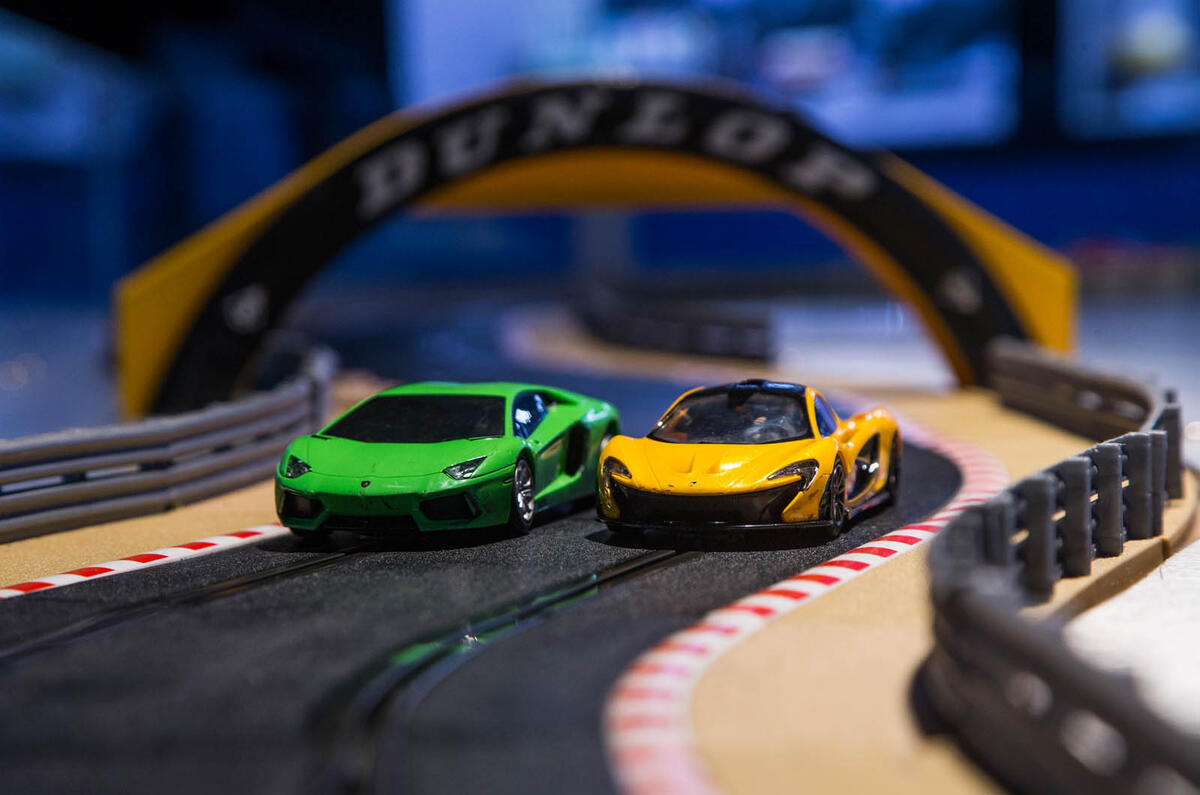


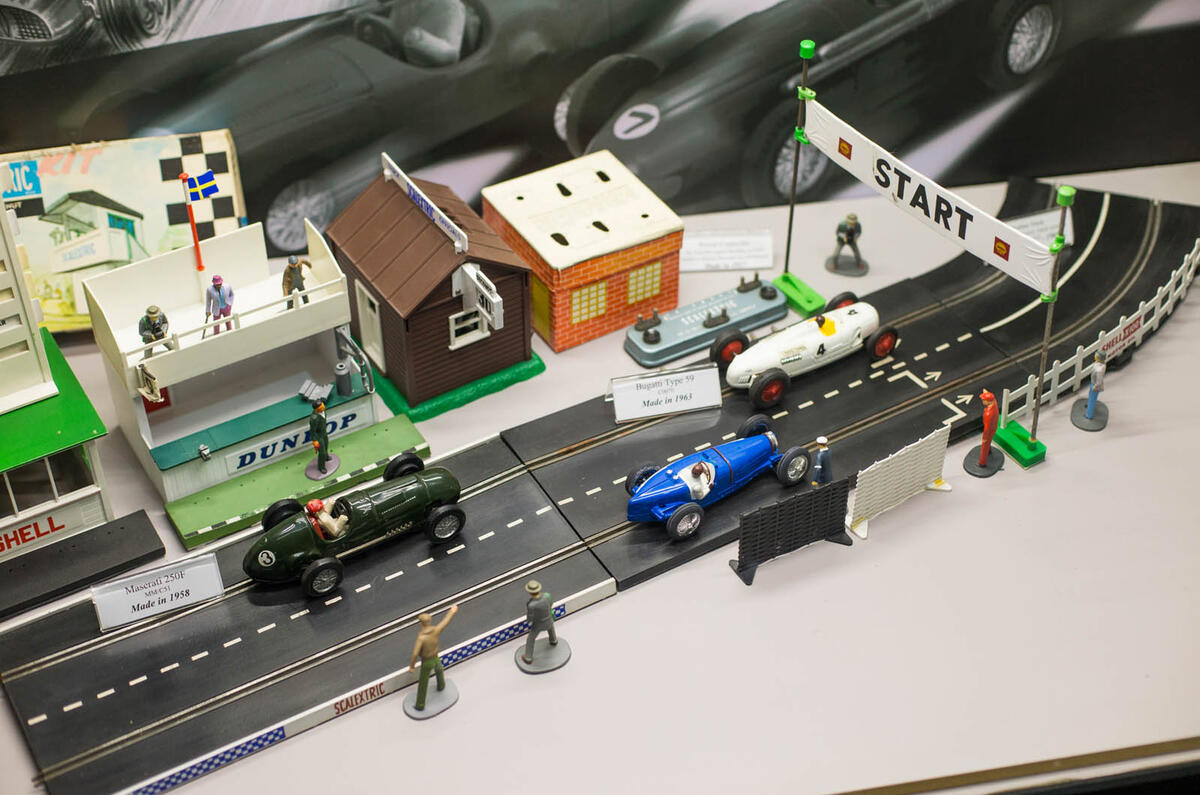




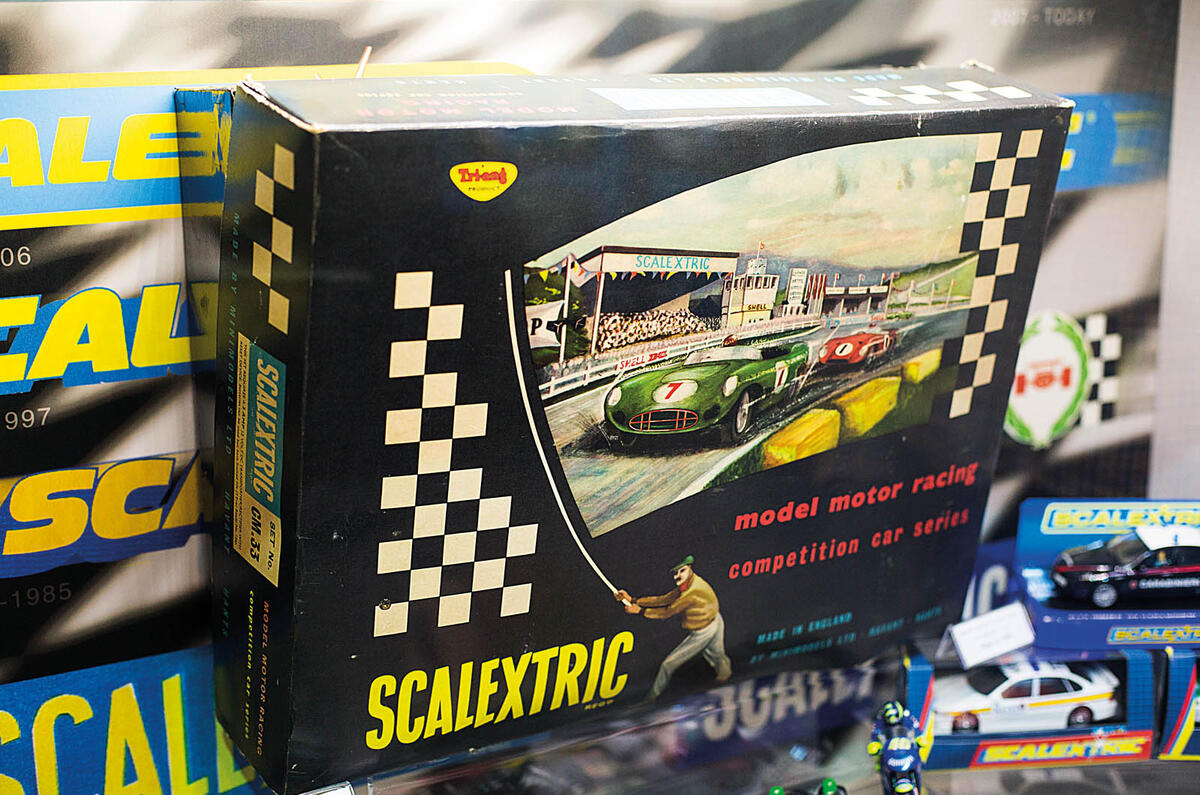
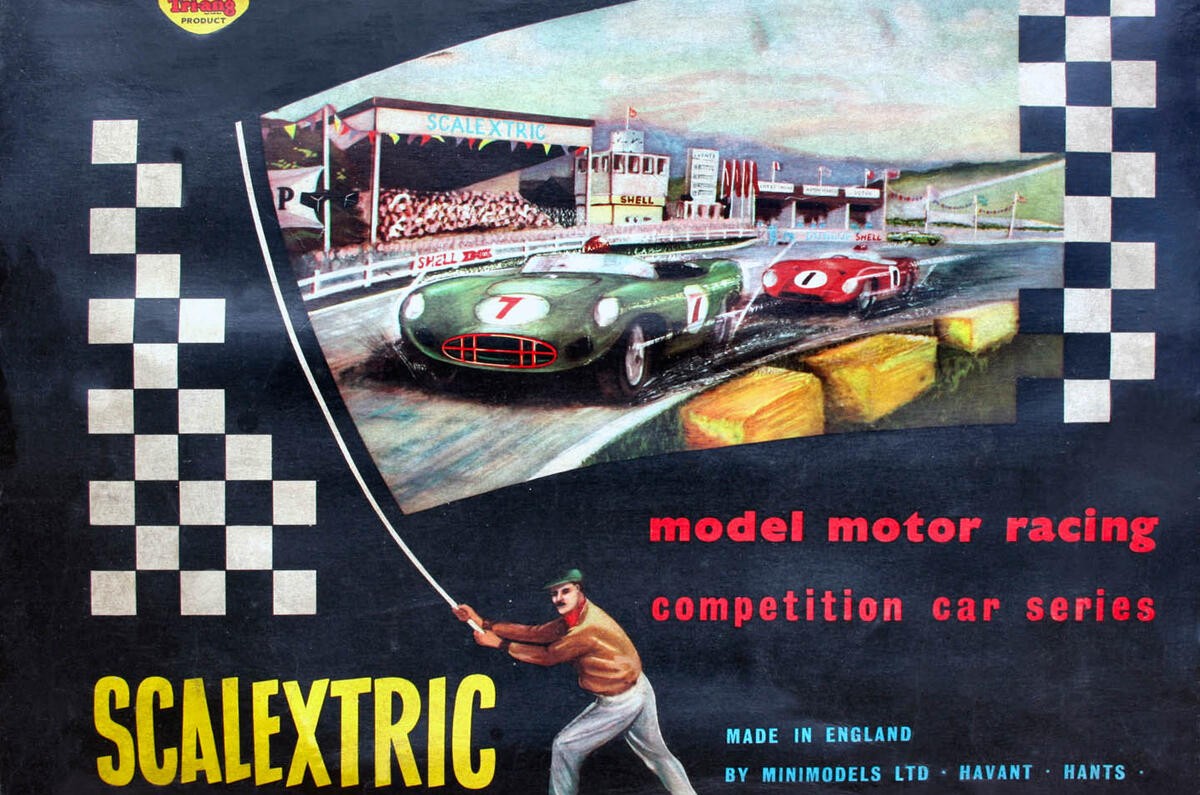

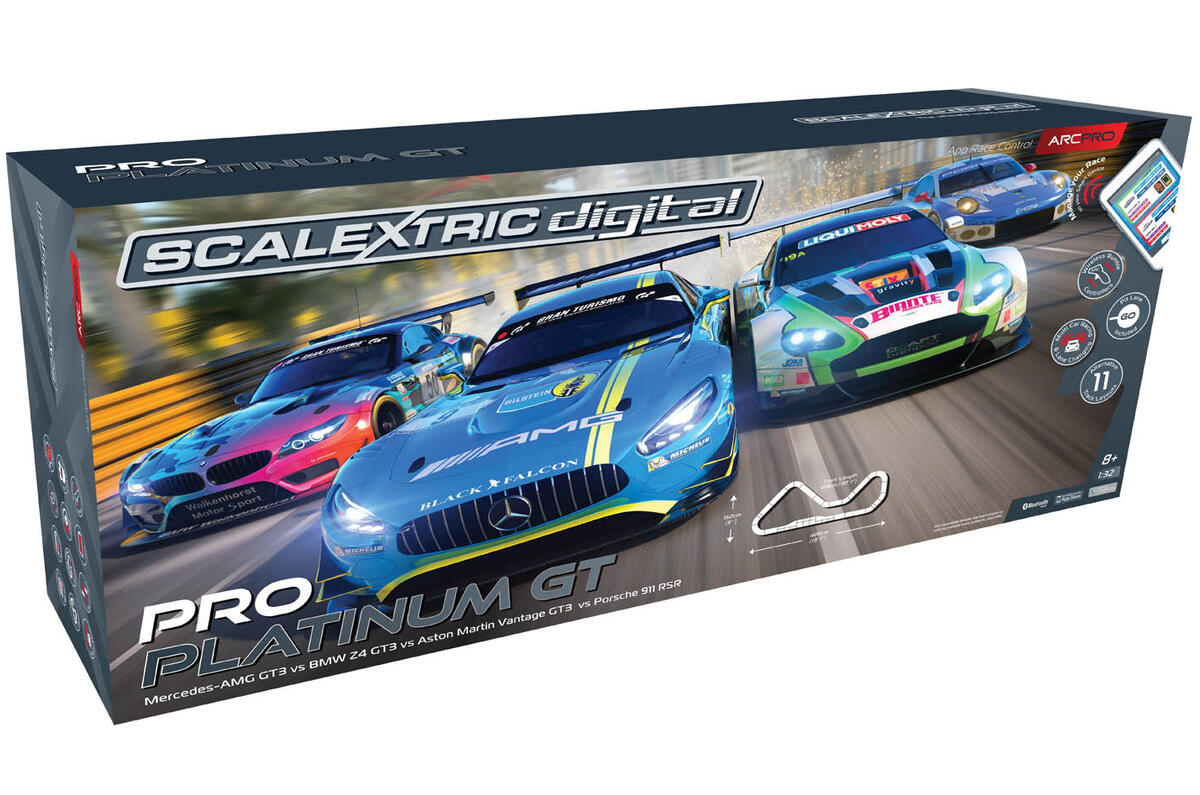

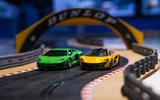













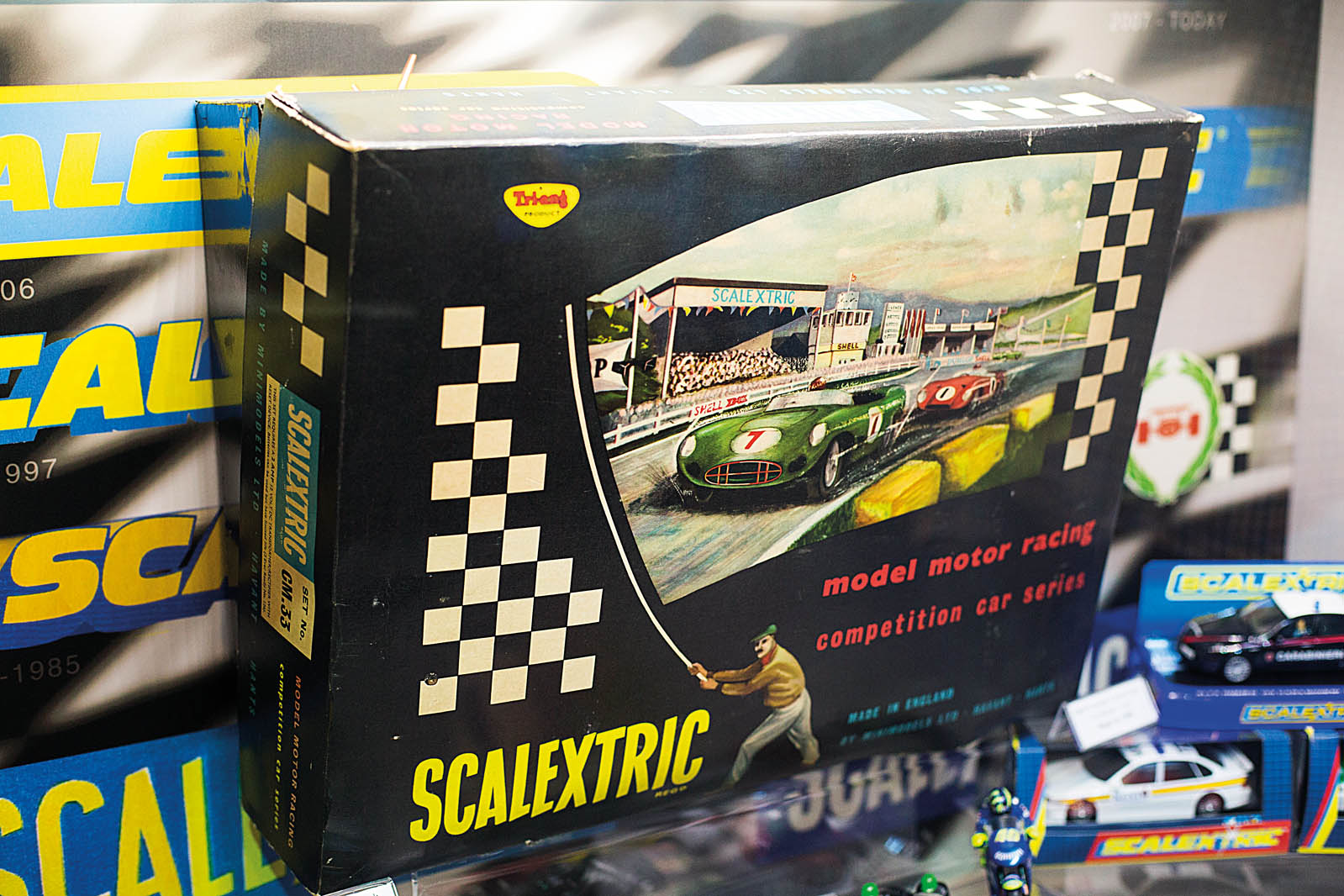






Join the debate
Add your comment
Scalextric - then and now
I first saw Scalextric in our local department store just before. Christmas 1959 or '60. It sparked a life long passion for motor racing both full size and miniature.
Some years ago I discovered a local club - East Devon Slot Racing Club (www.edsrc.co.uk) who recreate classic and contemporary motor races every Friday evening. I also combine an annual trip to see the Mille Miliga with a visit to Verona Slot.
A certain Ross Brawn designed, built and raced slot cars and trust the Italians to take a hobby to a higher level. Slot.it and NSR produce incredibly detailed high performance slot cars that are virtually race prepared out of the box.
At EDSRC we race Historic Road, Le Mans 60s classics to contemporary Prototypes, 80s Group C, DTM, Group 5, F1 / IRL as well as Rally - Chevy Camaros, Porsche 917s, Ford GT40s, Radicals, Jaguar XJR12s, Mazda 787Bs, Ferrari F1/87s, McLaren MP4 s, Williams FW14B s, Subaru Imprezzas and Lancia 037s.
All the excitement and adrenaline of real motor racing, the same need for preparation and set up but on a smaller scale. 60 years on I remains addicted.
Look up your local club, set up one of your own or visit East Devon Slot Racing Club if you can, it really is a hooby best shared with fellow enthusiasts.
Fond memories
Back in those days (long before computer games) Scalextric and a good imagination allowed us and countless other children to play out our motorsport dreams.
An iconic toy. Great days!!
Hey Bro, it was my Porsche.
Hey Bro, it was my Porsche.
Vroom vroom.....!!!
In the year 2000 I sold my 1960’s set with the Cooper climax and Shark nosed Ferrari plus two other Cars for £140.00, it was my fav Toy, then my years later I bought my boys a set and they disnt take to it because Kids are now into gaming more, a shame really, but. That’s life I suppose...